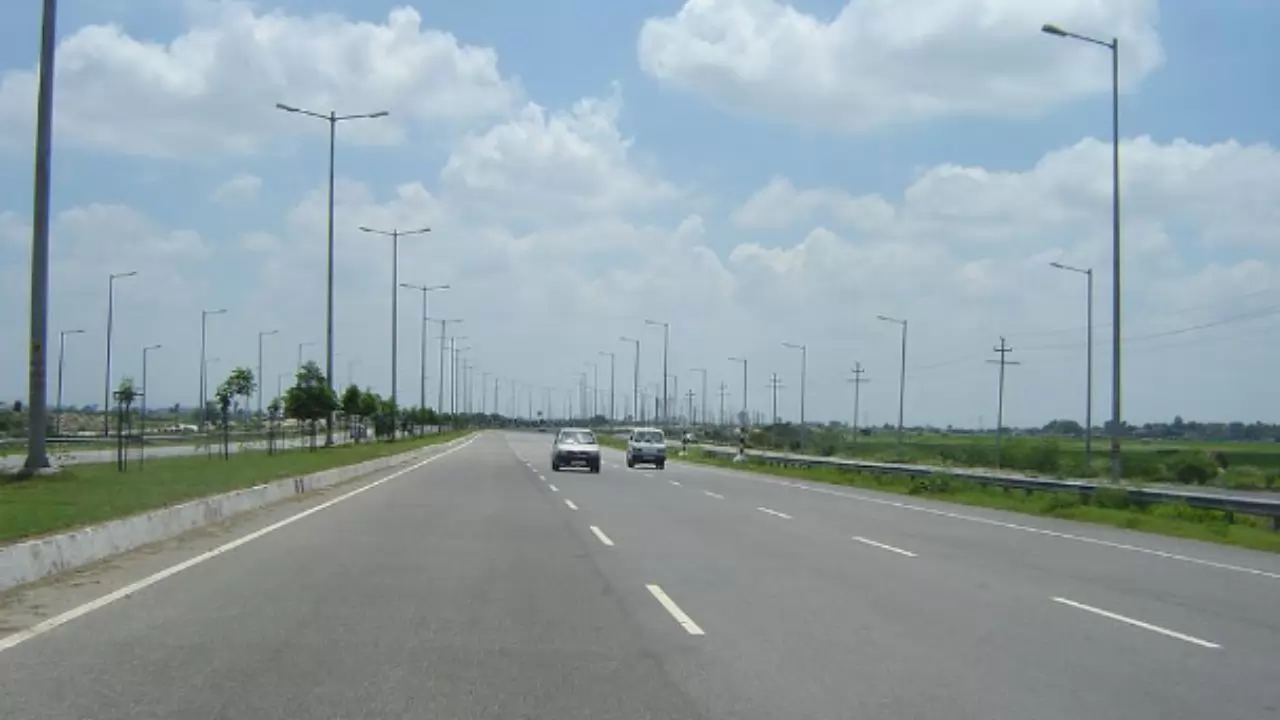
flickr
The Varanasi-Ranchi-Kolkata Expressway, also known as the Varanasi-Kolkata Expressway (NH-319B), is definitely an exciting project that promises to significantly improve connectivity and travel time between these major cities. Prime Minister Narendra Modi on Friday will inaugurate 23 completed projects totaling Rs 10,972 crore in his parliamentary constituency.
In addition to this, PM will also lay the foundation for 13 new projects worth Rs 3,344 crore as part of the Varanasi-Ranchi-Kolkata Expressway Construction Package I.
According to the information, establishing a unit of Bharat Heavy Electrical Limited to manufacture components for Vande Bharat trains, the National Institute of Fashion Technology (NIFT) campus, a medical college and an atomic energy department’s common bio-medical waste disposal facility are part of the projects.
The Varanasi-Ranchi-Kolkata Expressway, also known as the Varanasi-Kolkata Expressway, is a proposed 610 km (380 mi) long, six-lane, greenfield access-controlled expressway.
It will connect the holy city of Varanasi in Uttar Pradesh with the capital of West Bengal, Kolkata, through the capital of Jharkhand, Ranchi.
The expressway is expected to cut travel time from 12 to 14 hours to 9 hours, and from 690 km to 610 km. The total estimated cost of the project is Rs 28,500-crore.
The project is currently in the planning stage. However, land acquisition has begun in some sections of the expressway. The construction is expected to start in 2023 and be completed by 2026.
It is anticipated that the expressway is expected to boost tourism and economic growth in the region. It will improve connectivity between the four states. It will reduce travel time and costs for businesses and individuals.
Overall, the Varanasi-Ranchi-Kolkata Expressway is a major infrastructure project that has the potential to transform the region.
However, there are some challenges that need to be addressed before the project can be completed. The project is being developed by the National Highways Authority of India (NHAI) under the Bharatmala Pariyojana program.





Copyright © 2025 Top Indian News
